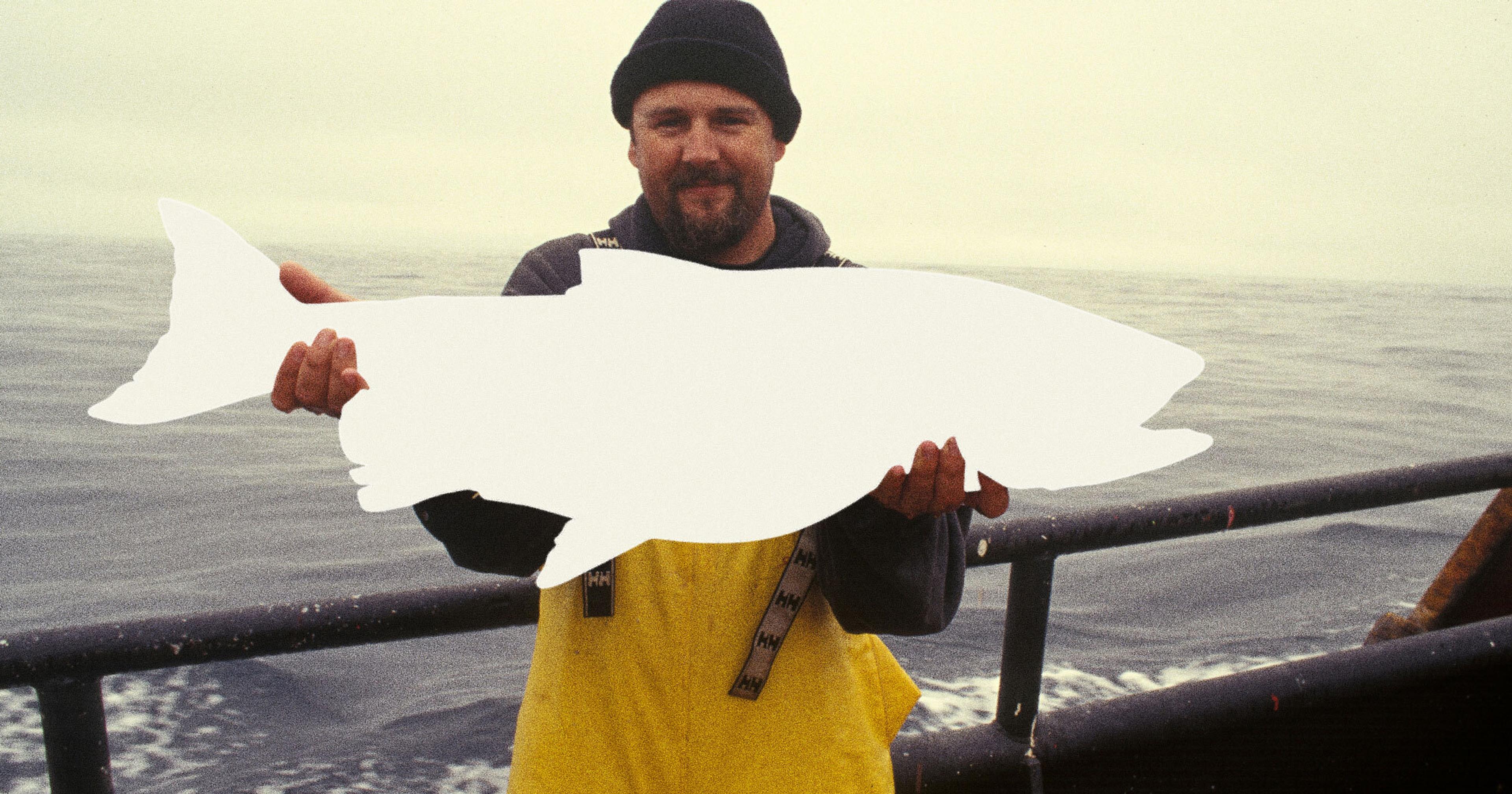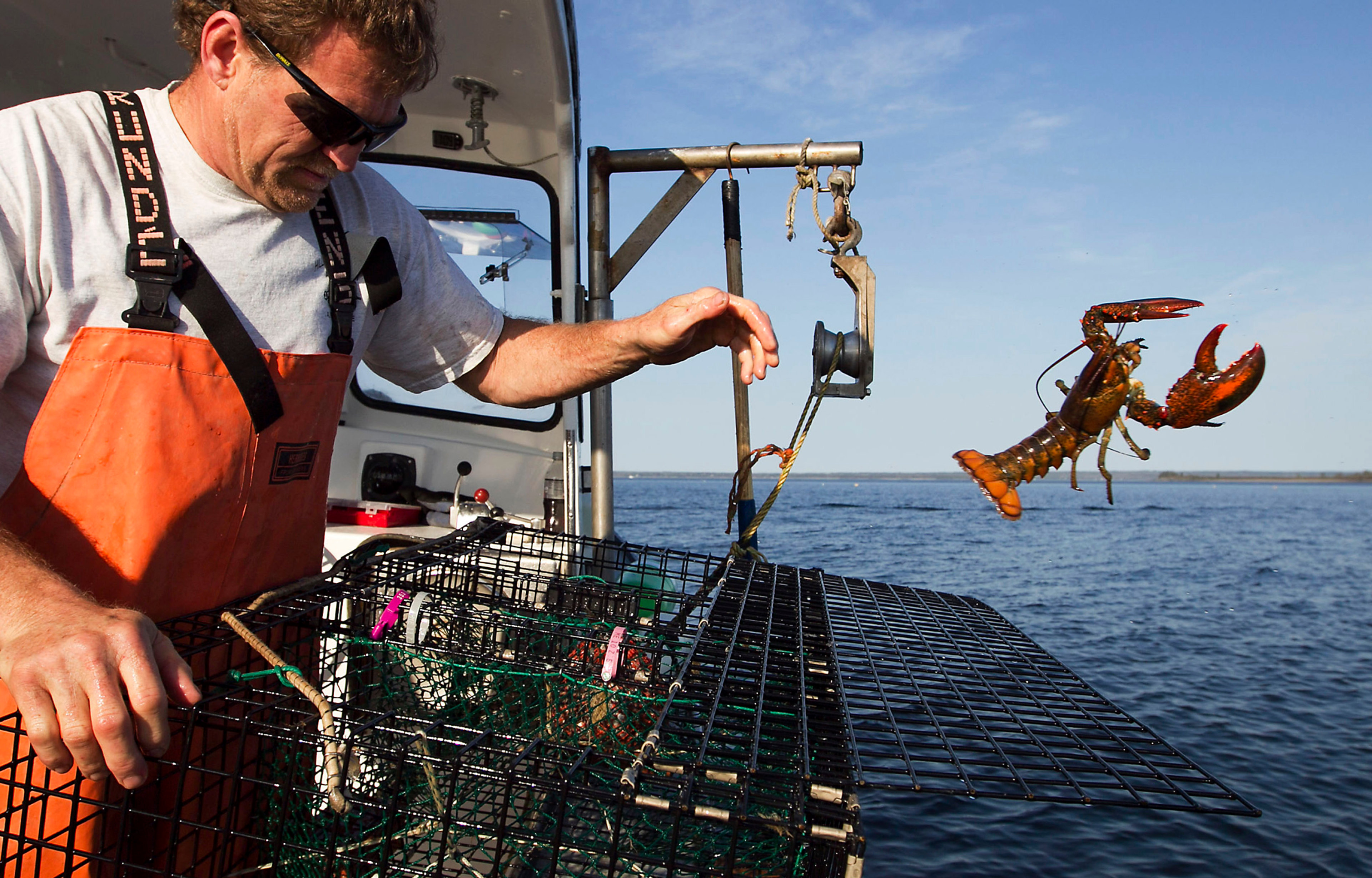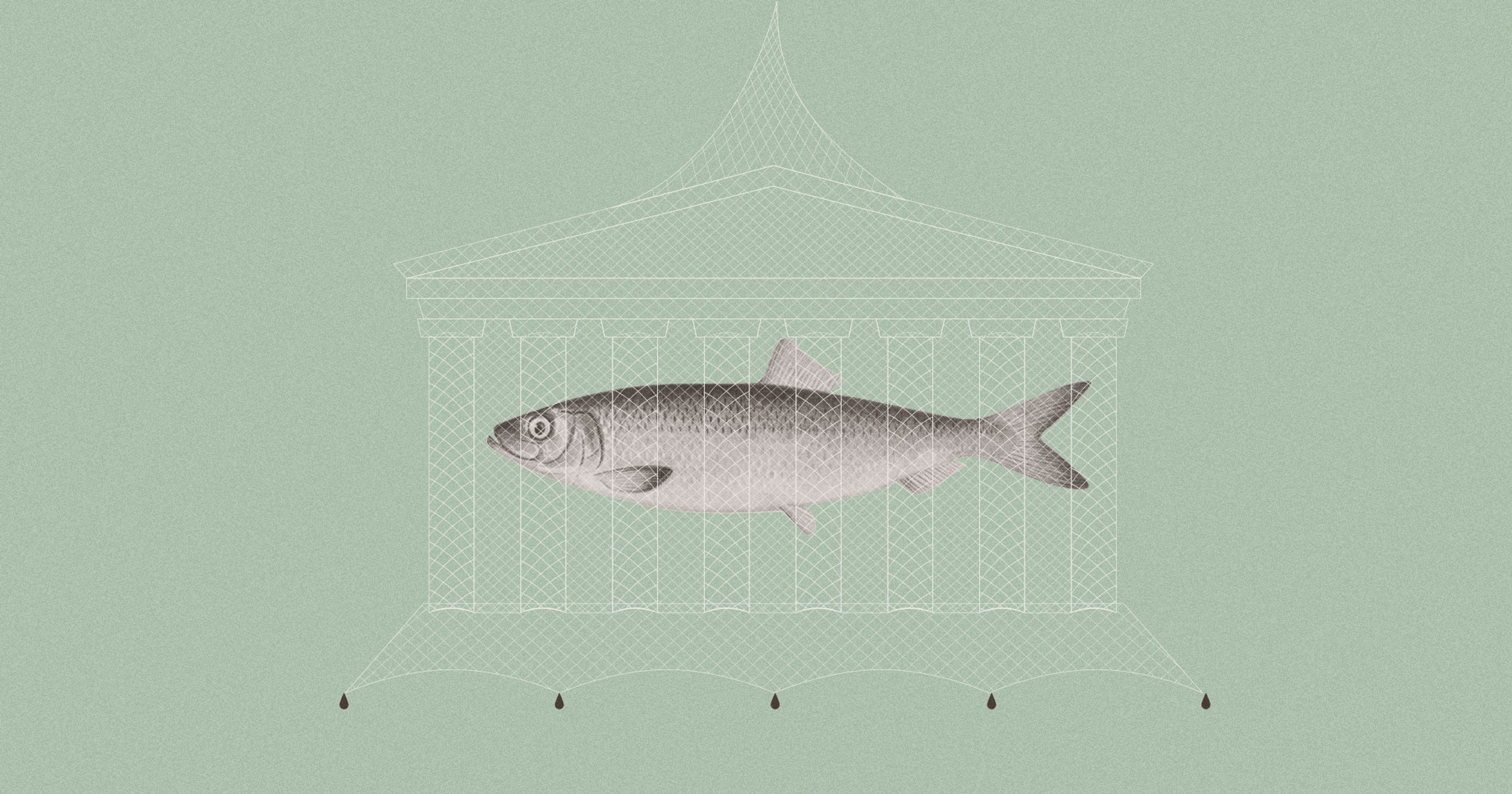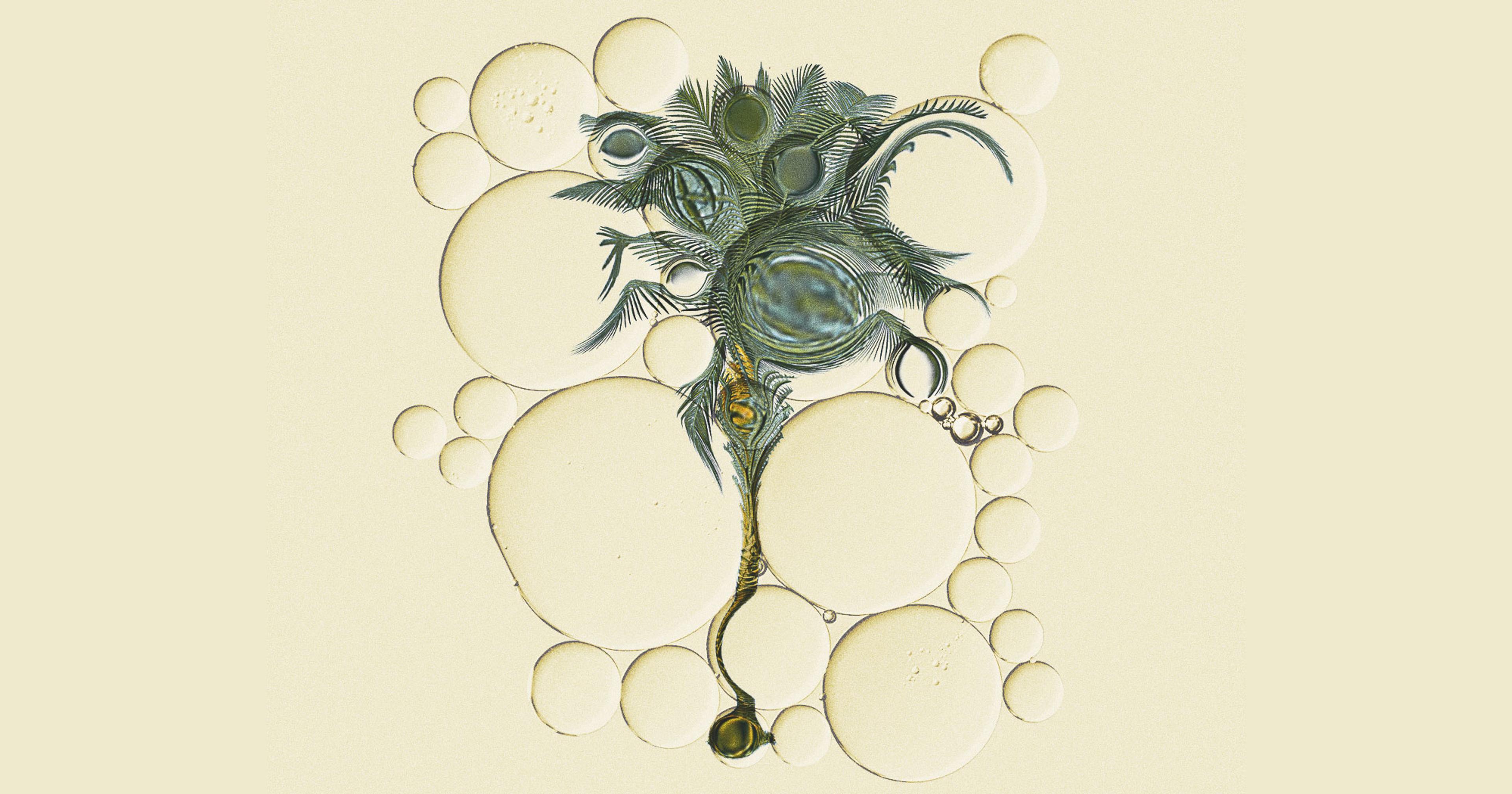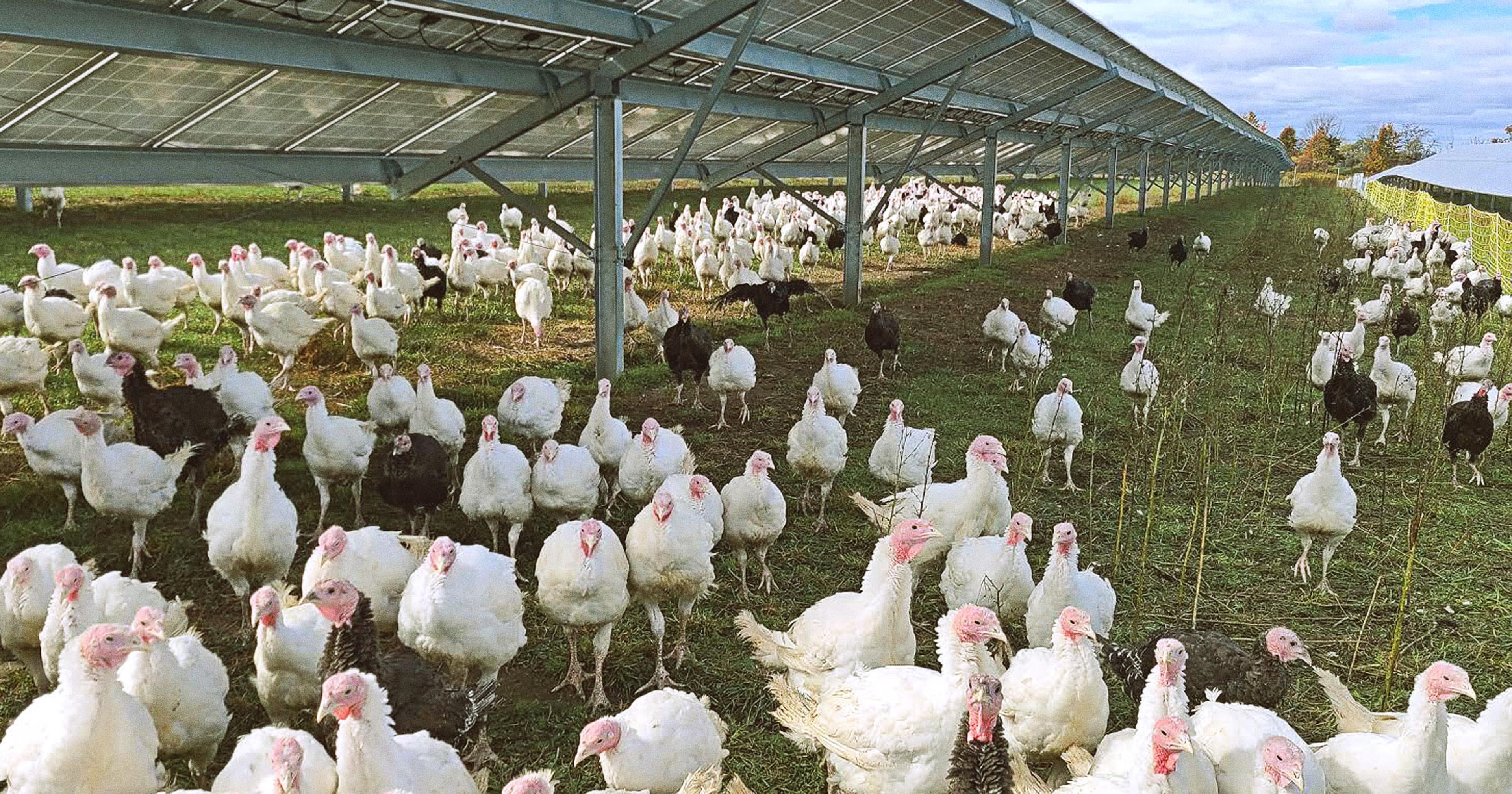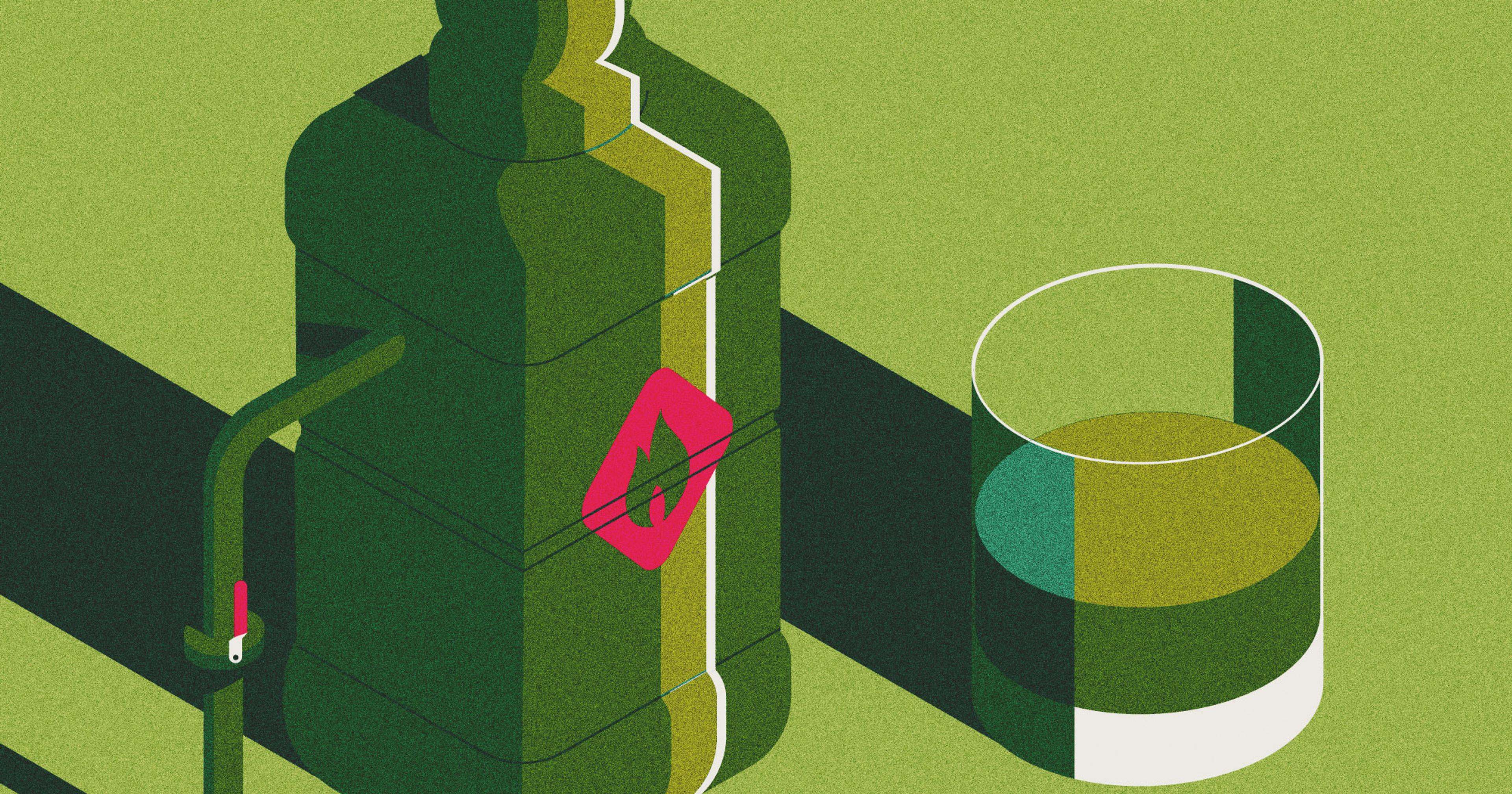Experts worry that fisheries could be overfishing their stocks even when they’re officially “sustainable.”
The wonderful thing about fish is that they naturally grow and replenish. A single female cod lays hundreds of thousands of eggs each year, of which dozens usually survive into adulthood, while a young cod will double its body weight in a year. In some places, the total volume of bluefin tuna in the sea has quadrupled within a decade. This self-restocking makes fishing, in principle, a very sustainable business. Sometimes, though, we end up fishing too much, at faster rates than stocks can renew; fish populations collapse and there’s no fish left to harvest.
But how do we know just how much fishing is too much? How do we make sure that a fishery is actually sustainable?
In theory, every fishery in the world — from sardines to tuna — has a sweet spot where fishermen extract the greatest amount of fish as possible without interfering with the population’s ability to replenish. In an ideal world, we can keep taking that same tonnage of fish year after year, and the stock will remain stable, a win-win for fishermen and fish. Fortunately, fishery scientists can calculate this ideal harvest amount — which they call “Maximum Sustainable Yield” (MSY) — and fisheries around the world are required by law to use it to set harvest limits. “MSY is really important in assessing the sustainability of a fishery,” said fisheries scientist Christopher Free of the University of California, Santa Barbara. “It’s just a really clear measure for knowing how we’re doing.”
Using the MSY limit has inarguably improved the sustainability of fisheries around the world. But unfortunately, it is but an imperfect metric of sustainability. Experts say that it’s hard to measure accurately, and there’s even disagreement on how to calculate it. It’s also becoming increasingly difficult to apply in a world where fish stocks are suffering from the effects of climate change: A level of harvest that might be sustainable in one year may not be during a fish-killing heatwave. The upshot is that, just because a fishery uses the MSY limit, doesn’t always mean it’s perfectly sustainable. All of this makes it hard for anyone — especially the regular fish consumer — to know if a fish was sustainably caught.
“Using Maximum Sustainable Yield is really hard. In an idealized world, it’s perfect. In reality, I have thoughts,” said Ben Martens, executive director of the Maine Coast Fishermen’s Association.
To Martens, the problems with MSY begin with measuring it. To calculate MSY, you need to know how fast a fish population regrows after fishing — which usually requires knowing how many fish are in the water, how many there used to be, and how many were caught. Computer models crunch through this data to estimate the optimal harvest amount, which is then used to set fishing limits. But even just estimating how many fish are in the water is difficult. Often, research vessels drag nets through the water to get a sense of how many fish there are in particular spots and then extrapolate that to a larger area. But these estimates can be off. Basically, “it’s hard to count fish,” Martens said. And calculating MSY from such measurements, he added, “is trying to take a sniper rifle and hit the top of a curve.”
If experts overestimate fish numbers, they might recommend higher levels of harvest than are actually sustainable. Most fisheries set catch limits conservatively to account for this uncertainty, but sometimes the guardrails just aren’t big enough, said Free, who is one of the scientific advisors for the Pacific Fisheries Management Council which manages federal fisheries along the West Coast.
Sometimes, fishermen themselves are distrustful of the science that underlies catch advice. At a recent meeting where New England fishermen could share input on the management of sea scallops, experts discussed a preliminary model recommending that they could fish for more than 40 days, compared to 24 days in previous years. But fishermen concerned about scallop numbers balked. “If a model is saying ‘Go catch double,’ and the fishermen are saying ‘No,’ that screams there’s a problem,” Martens said. Ultimately, the model was recalibrated to account for the declining catch rates seen in the fishery, and the New England Fishery Management Council finally recommended 24 days at sea, according to its public affairs officer Alex Dunn.
Calculating MSY from such measurements, he added, “is trying to take a sniper rifle and hit the top of a curve.”
Other times, Martens said, fishermen feel the catch limits have been set too low. When fishermen themselves don’t trust the science that catch limits are based on, they have little incentive to adhere to them, he says. (Though the Council has previously expressed concern about the quality of stock assessments conducted by the NOAA Fisheries Northeast Fisheries Science Center, Dunn stressed that many sources of science, as well as industry input, are used in setting catch limits. Teri Frady, a spokesperson for the Science Center, added that stock assessments undergo several levels of review and said she’s confident the scientific information on scallops is the best available at the time it’s delivered.)
On top of often having imperfect data to begin with, experts disagree about how to calculate MSY. Fisheries scientists Rainer Froese of the Helmholtz Center for Ocean Research in Germany and Daniel Pauly of the University of British Columbia in Canada have long taken issue with the calculations of many fisheries management organizations. In their view, fishing tends to become unsustainable once a stock is reduced to less than 50% of its original size; in practice, at least 60% of a stock should be left in the water to account for measurement errors. But many fisheries managers, they argue, have been tweaking the MSY-estimating computational models to justify fishing stocks down to 30% or even 20% of the original stock, which they say is past the point where populations can naturally replenish (although other scientists, like Free, disagree, arguing the cut-off depends on the biology of a given fish population).
“If you take out more than is regrown, what happens? The stock shrinks,” Froese said. What exacerbates this problem is that we often don’t know what the original size of a fish stock even was, as industrial fishing began decades ago. Sometimes, data collection only began when fish stocks were already overfished, leading managers to believe that populations are healthy at sizes that are actually too small, and setting catch limits too high.
Collectively, this could mean that fishery scientists often overestimate how sustainable they are, while fish stocks are actually in much poorer condition — leading to widespread declines in fish. That not only risks the collapse of fish populations, but can also reduce catch to the point where fisheries need government subsidies to break even. Another result, “is that the stocks never recover to the biomass they could have,” Pauly said. If we reduced fishing levels so stocks could recover to the 50% point, we’d ultimately be able to catch more, he said. But, Froese added, catch limits should be set even more conservatively for fish species upon which other fish depend — such as herring and sprat, which are eaten by cod. “Normally, the species that are eaten by others that you want to catch, you would have to fish them less,” Froese said.
“We’re just really scrambling to figure out how to account for this.”
The most pressing problem for MSY is climate change, according to Free. The MSY catch limit makes sense in situations where environmental conditions are stable, but many fish stocks today — especially along the eastern coast of the U.S. — are suffering from ocean warming. When these species are already dying in droves during heatwaves, fishing them too close to MSY could easily be too much. Ideally, Free said we should set fishing limits especially cautiously in climate-impacted fisheries, which would allow us to continue fishing productively. But accounting for climate change in fisheries is still a work in progress. “We’re just really scrambling to figure out how to account for this,” Free said.
The solution to these issues, experts say, is not to throw out MSY entirely — we still need ways of assessing sustainability — but to work on improving it. Free points to East Coast fisheries that are exploring new ways of accounting for ocean warming in their computational models. Froese and Pauly argue that fisheries should dial back fishing to keep stocks above 50% of their original size. Martens, meanwhile, would like to see improvements in the collection of data used to calculate MSY; he suggests using fishing vessels themselves to gather data on fish stocks and environmental conditions. That would solve not just the data problem, but also increase trust among fishermen towards catch limits.
But what can ordinary customers do in the meantime? In general, Froese said, it’s good to eat things that are low down in the food chain — small, fast-growing silvery fish like sardines and anchovies, as well as species that are faring well under climate change, like Alaska pollock. Free and Martens, meanwhile, are strong believers in American fisheries. “[Fisheries are] one of the most heavily regulated industries in our country, and we’re using the best available science to tell people what they can and cannot fish. We don’t always trust that best available science, but the fishermen are conforming to it,” Martens said. “If it’s coming out of your neighbor’s business, you can feel really good about eating local stuff.”

